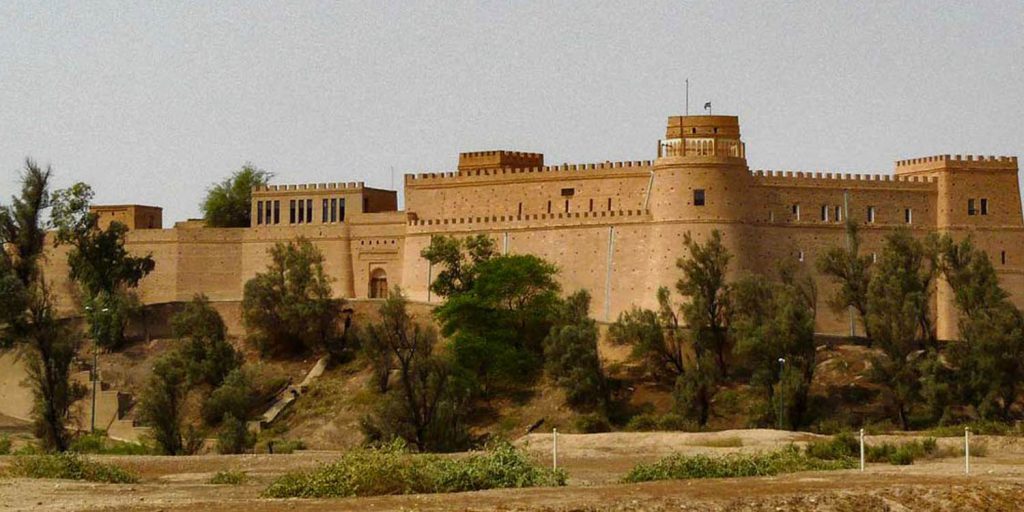
Menu

Shush is a city in southwestern Iran and one of the oldest cities in the world and the Elamite civilization with an area of 5.6 square kilometers is located 115 kilometers northwest of Ahvaz.
The height of the city of Susa is 87 meters above sea level. Susa from the beginning of the 4th millennium BC has shown its existence on the stage of history and has been regarded from the start as an artistic, industrial, commercial and political center.
The city of Susa, at the time of the Elamites was chosen as the political and religious capital until 640 AH that the city was destroyed by Assyrian Banipal, king of Assyria, has retained its significance.

In this city, many works and documents have been obtained from other historical periods of Iran, such as the Sassanid and the Islamic period. These characteristics have made this city a museum of the various prehistoric, historical and Islamic periods of Iran (up to the 5th century AH).
The ancient city of Susa is one of the centers of ancient civilization, one of the most famous cities in the world. Susa means beautiful, clear, good and gentle city. The city is famous for its raw silk, bergamot, and pomegranate and sugar cane textiles.
The Tomb of Daniel is located in the city of Susa. Susa was one of the most populous and prosperous cities of the Sassanid and Islamic periods. When the center of Khuzestan was moved to Shushtar, Susa gradually lost its importance.
The ancient city of Susa is the center of the Elamite civilization, which is located one hundred and fifty kilometers east of the Tigris River in the province of Khuzestan. Susa has been the capital since around 2700 BC which is over 3000 years old.
Susa is the part of Iran where the first traces of urbanization and trade appeared and which man cultivated in this region in nine thousand years BC. Susa is one of the oldest cities in the world. Archaeological excavations show that the area was inhabited by farmers in 9000 BC. They left traces of their lives which have now been discovered in the form of various ancient hills. In the lower floors of the city, artifacts have been found that archaeologists date back to 8,000 years ago.
The Apadana Palace in Susa was the winter palace of the Achaemenid kings. This palace was built by order of Darius the Great, the Achaemenid king, around 515-521 BC in Susa (ancient city) on Elamite relics.
Main office: Office no. 5, First Floor,Building No. 404, Corner of Beheshti St. and Qaem Maqam St. Tehran Iran.
Tel : +985138519585 EXT. 117
WhatsApp : +968 912 14 982
Email : info@persiantoursgroup.com